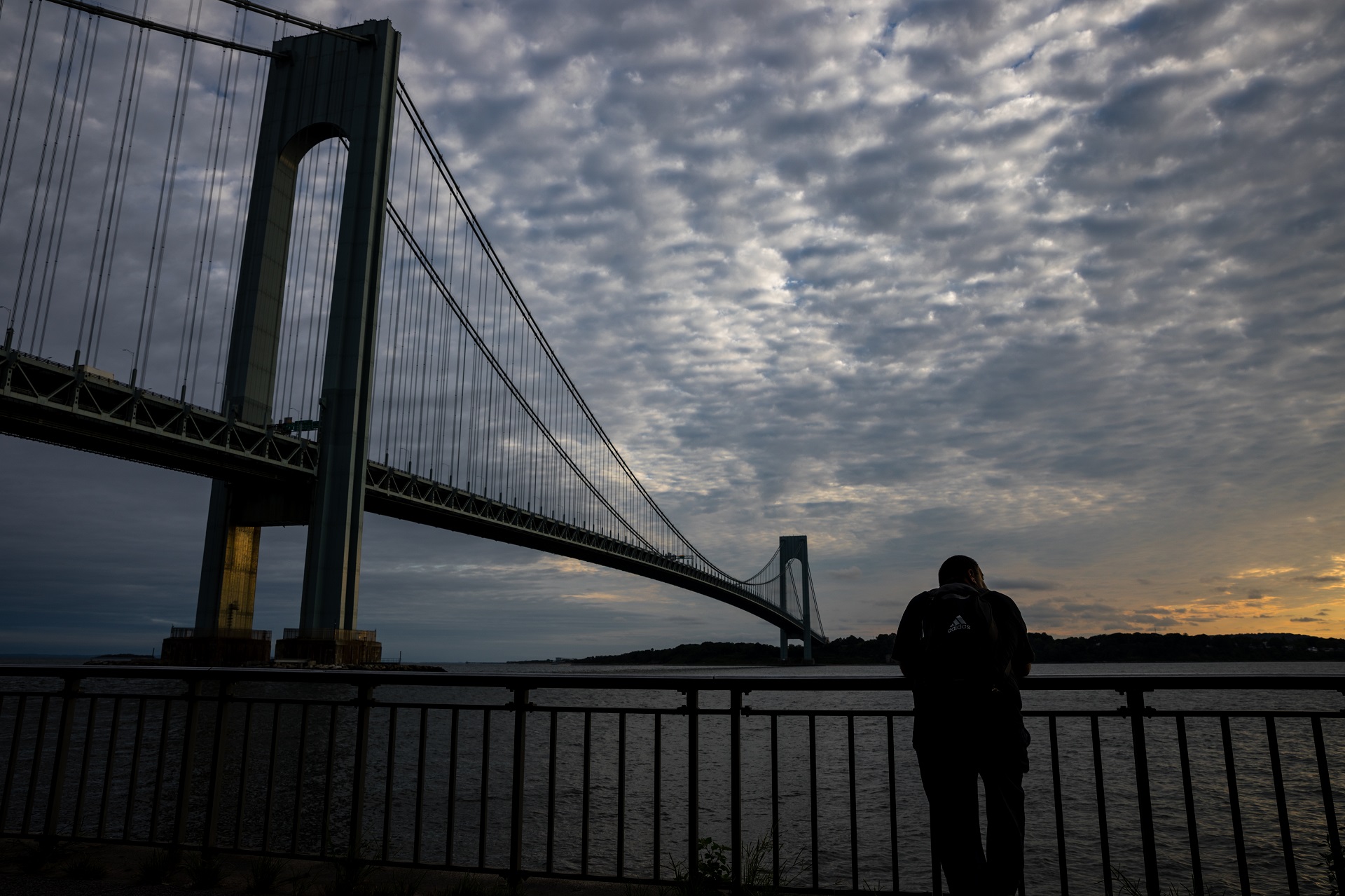Bette Midler donates trees to obscure Bay Ridge highway noise

Screen Shot 2013-11-06 at 9.05.34 AM.png
The Divine Miss M is helping Bay Ridge residents get more ZZZZs.
The New York Restoration Project, the non-profit environmental group founded by actress-singer Bette Midler, donated 15 trees that were recently planted in a grassy area next to the exit ramp of the Gowanus Expressway at 92nd Street.
The 92nd Street exit is the first Gowanus Expressway exit in Brooklyn for drivers coming off the Verrazano-Narrows Bridge.
